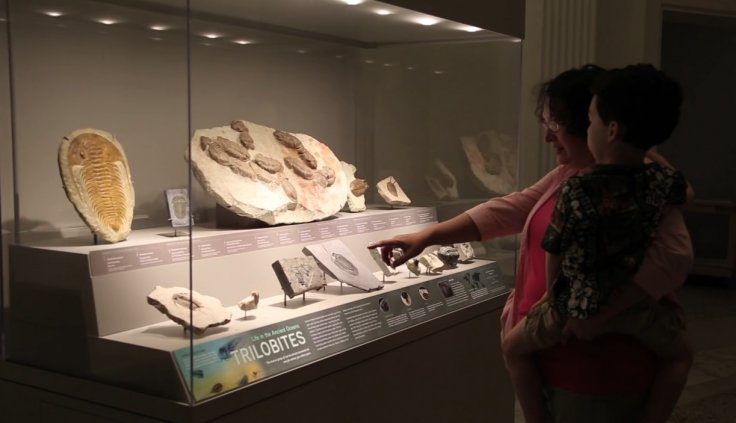
An 11-year-old eastern Tennessee resident accidentally found an unusual rock with strange markings on it in the shore of Douglas Lake. After analyzing the mysterious rock-like object, scientists said that the girl has found a 475-million-year-old fossil of an extinct marine arthropod.
The fossil dated back to the Paleozoic era, which is the earliest of three geologic eras of the Phanerozoic Eon and lasted from 541 to 251.902 million years ago.
Taylor told ABC-affiliated WATE that such findings are absolutely cool, "I looked down while I was walking, and I found it. I just saw it."
After discovering the rock-like material, Taylor's family was clueless about it, so they asked an associate professor of paleobiology at the University of Tennessee, Colin Sumrall to identify it. After analyzing it, Colin said that it was the fossil of a trilobite, which existed over 520 million years ago in the Earth's ancient seas.
Colin added that during the examination "the trilobite skeleton just crumbles into hundreds of little pieces. To find one where all the pieces are intact, it's actually a pretty lucky find. "
The mother of the young woman, who discovered the fossil, said "I'm surprised that it was right on top of that rock, for anyone who could have found it. But I'm very proud of her. To find something like that, it could spark this youngster into a whole career. Maybe she'll become a great palaeontologist someday."
Reports said that while modern humans emerged about 300,000 years ago, the newly found fossil dates back some 475 million years. Earlier researchers found a trilobite fossil in the ancient French caves of Arcy-sur-Cure and that was believed to be 15,000 years old.
Facts about "Trilobites":
- At the end of the Carabian period, this species started to appear in the ocean and they began to decline when the period ended some 500 million years ago.
- Trilobites could curl themselves up into a little ball, which is considered their defensive position.
- They outgrew many shells and during the moulting process, those discarded shells would often get preserved for posterity. So one trilobite could leave several trilobite shaped fossils.
- Three states have made this creature their official fossil. Ohio chose the entire Isotelus genus, Wisconsin went with Calymene celebra and Pennsylvania picked Phacops rana.
- Usually known as "Great Dying", almost 250-million-years ago almost 90 percent species on the earth suddenly vanished and the species of trilobites was one of them.









